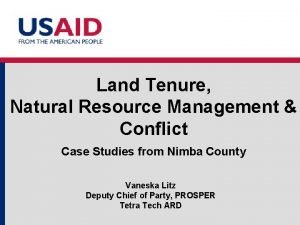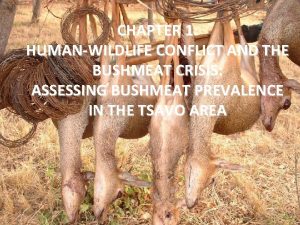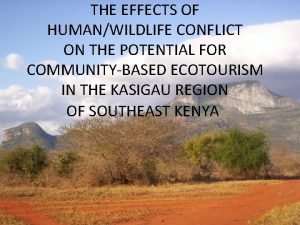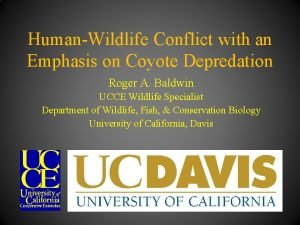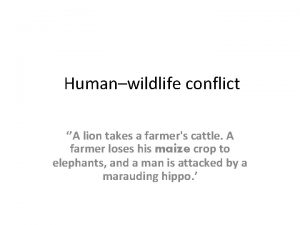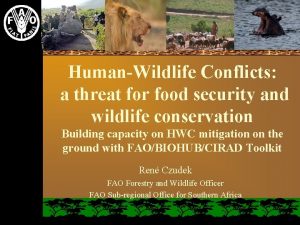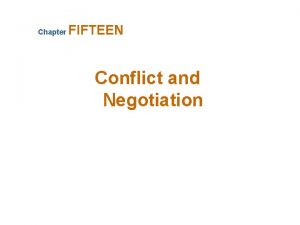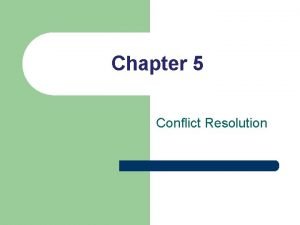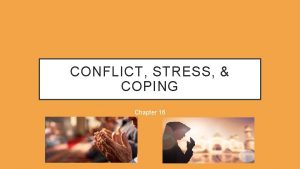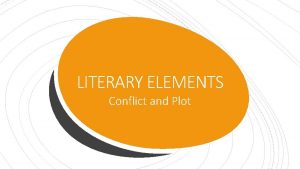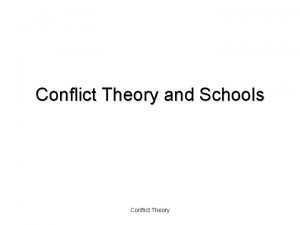CHAPTER 2 HUMANWILDLIFE CONFLICT AND THE COMMUNITY ANALYSIS


















- Slides: 18

CHAPTER 2: HUMAN-WILDLIFE CONFLICT AND THE COMMUNITY: ANALYSIS OF COMMUNITY ATTITUDES AND BUSHMEAT UTILIZATION USING SOCIAL SURVEYS

CBE is way toward sustainability Specifically- it is a way to balance conservation near Tsavo National Park with rural economic development Social Surveys allow us to: • ascertain the community’s feelings toward conservation • tourism • wildlife • the levels of human-wildlife conflict

Social Surveys as Tools for Conservation • CBE requires a good understanding of the potential impact on the local community (Schmidt-Soltau 2004) • Six villages: Rukanga, Jora, Bungule, Kiteghe Makwasinyi and Kisimenyi • Potential threats to the effectiveness of CBE 1. High levels of human-wildlife conflict in the region 2. Negative view of wildlife in the community

Our Survey Instrument 66 yes or no questions Three categories: • Bushmeat • Ecotourism • Wildlife Translated into Kiswahili ID number and coded by village

Hypotheses I. Due to the abundant snaring activity in the region the surveys will indicate bushmeat utilization within the villages and will not be congruent with our molecular analysis. II. Due to apparent geographic, economic and demographic differences the survey responses will differ on a per question basis among the villages

Methods: Conducting the Surveys • Aug 5 th to 14 th 2006 • Women as respondents • Survey teams Top Pri A Ke rose ze! • Translators and ne Sto v j kero ug of e sen • Introduction e • Assurance of anonymity • Raffle for prizes

Results Bushmeat Section % “YES” Responses Examine Trends Ecotourism Section % “YES” Responses Examine Trends Wildlife Section % “YES” Responses Examine Trends Differences among the Villages On a per question basis Identify the “outlying” village

Bushmeat Section: Percent of “YES” Responses- Support Hypothesis

Parties implicated in participation in bushmeat activities

Rationale for participation in bushmeat activities

Ecotourism Section: Percent of “YES” Responses Respondents were significantly more positive regarding their perceived benefit of ecotourism than their actual experience with tourists (KW Mann-Whitney p=0. 014)

Wildlife Section Percent of “YES” Responses: Conflict

Wildlife Section Percent of “YES” Responses: Protection of Wildlife, Residents and Crops Wildlife Questions # of "YES" Responses % of Respondents answering "YES" Is protecting wildlife 275 important? Is killing wildlife necessary to 153 protect crops? 90 Is a fence necessary to protect residents? Is a fence necessary to protect crops? 233 76 243 79 50

Significant Differences among the Villages: Support Hypothesis Do villagers kill wild animals for food? Significance Outlying Village YES responses p<0. 05 KET more MAK fewer Do family members purchase wild animal meat for food? p<0. 05 JOR fewer Have you sold hand-made items to tourist? p<0. 001 KIS Fewer MAK More Sold farm products to tourists? p<0. 05 JOR Fewer Have villagers been injured by wildlife? p<0. 001 KET Fewer Has home been damaged by wildlife? p<0. 001 BUN More Is killing wildlife necessary to protect crops? p<0. 05 JOR More Is a fence necessary to protect residents? p<0. 05 MAK Fewer Is a fence necessary to protect crops? p<0. 05 MAK Fewer

Discussion • Trade is not commercialized but informal Bushmeat • Is protection of crops the “true” driving force? • Positive attitudes Ecotourism • Realistic goals? Wildlife • Human-Wildlife conflict is high • Fencing?

Discussion Differences among these villages • Future studies • Replicate successful strategies in other villages Baseline from which to measure changes • Bushmeat activities • Community attitudes • Human-wildlife conflict. Analysis of changes in these areas • Alert stakeholders of potential issues threatening CBE initiatives • Gauge the programs’ success in meeting its goals

Issues with the Survey • Honest Answers/ Lack of Trust • Presence of Outside Influences – Other women – Men – KWS • More Taita translators needed • Illiteracy

Future Research • Network Analysis: • informal bushmeat trade • major businesses in each village • Innovative and inexpensive ways to protect the villagers’ crops • Collect more economic, demographic and geographic data on the villages to • Look for correlations concerning less bushmeat availability • Lower human-wildlife conflict and higher profits from tourism
 Internal and external conflict worksheets
Internal and external conflict worksheets What is conflict and conflict resolution?
What is conflict and conflict resolution? External conflict
External conflict Ways of managing conflict in the community
Ways of managing conflict in the community Hình ảnh bộ gõ cơ thể búng tay
Hình ảnh bộ gõ cơ thể búng tay Lp html
Lp html Bổ thể
Bổ thể Tỉ lệ cơ thể trẻ em
Tỉ lệ cơ thể trẻ em Chó sói
Chó sói Thang điểm glasgow
Thang điểm glasgow Bài hát chúa yêu trần thế alleluia
Bài hát chúa yêu trần thế alleluia Môn thể thao bắt đầu bằng chữ đua
Môn thể thao bắt đầu bằng chữ đua Thế nào là hệ số cao nhất
Thế nào là hệ số cao nhất Các châu lục và đại dương trên thế giới
Các châu lục và đại dương trên thế giới Cong thức tính động năng
Cong thức tính động năng Trời xanh đây là của chúng ta thể thơ
Trời xanh đây là của chúng ta thể thơ Mật thư tọa độ 5x5
Mật thư tọa độ 5x5 101012 bằng
101012 bằng độ dài liên kết
độ dài liên kết



